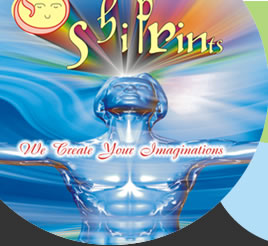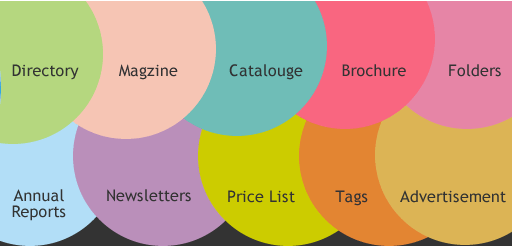| ABOUT PRINTING |
What is offset Printing
A printing technique whereby ink is spread on a metal plate with etched images, then transferred to an intermediary surface such as a rubber blanket, and finally applied to paper by pressing the paper against the intermediary surface. Most print shops use offset printing to produce large volumes of high-quality documents. Although the equipment and set-up costs are relatively high, the actual printing process is relatively inexpensive.
Desktop publishing generally involves producing documents on the computer, printing out drafts on a laser printer, and then offset printing the final version. To produce the plates used in offset printing, a print shop requires either film or high-resolution output, which the printer can then photograph. You can obtain either by taking a PostScript file to a service bureau.
Pre-Press Production
Before the job can be printed, the document must be converted to film and "plates." In the case of How Stuff Works Express, film negatives are created from digital files. Images from the negatives are transferred to printing plates in much the same way as photographs are developed. A measured amount of light is allowed to pass through the film negatives to expose the printing plate. When the plates are exposed to light, a chemical reaction occurs that allows an ink-receptive coating to be activated. This results in the transfer of the image from the negative to the plate.
There are different materials for plates, including paper (which produces a higher - quality product).
Each of the primary colors -- black, cyan (blue), magenta (red), and yellow -- has a separate plate. Even though you see many, many colors in the finished product, only these four colors are used (you'll also hear this called the four-color printing process). |
|
| |
|

